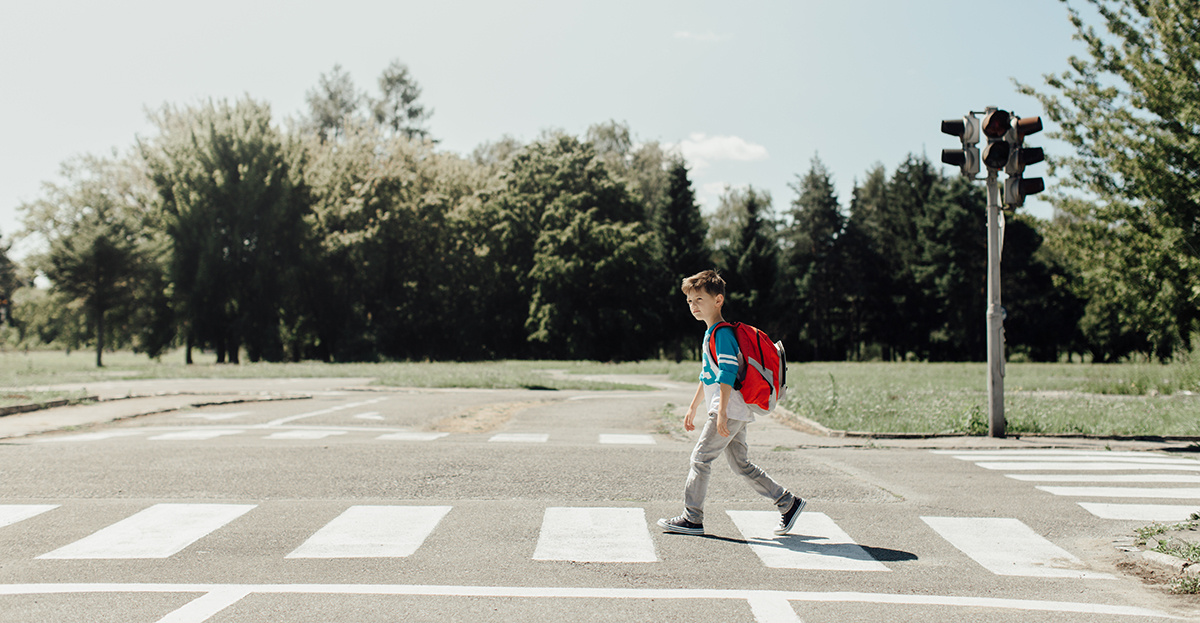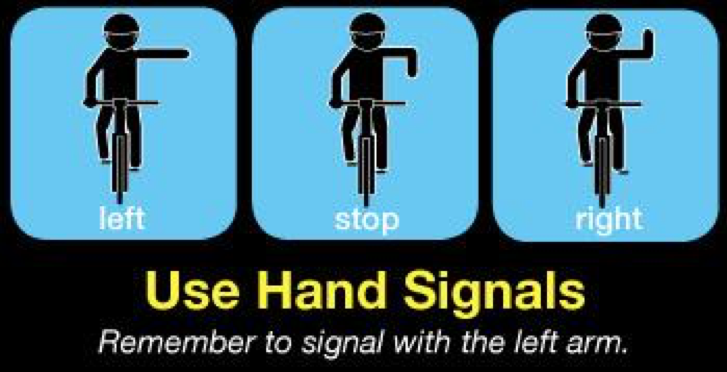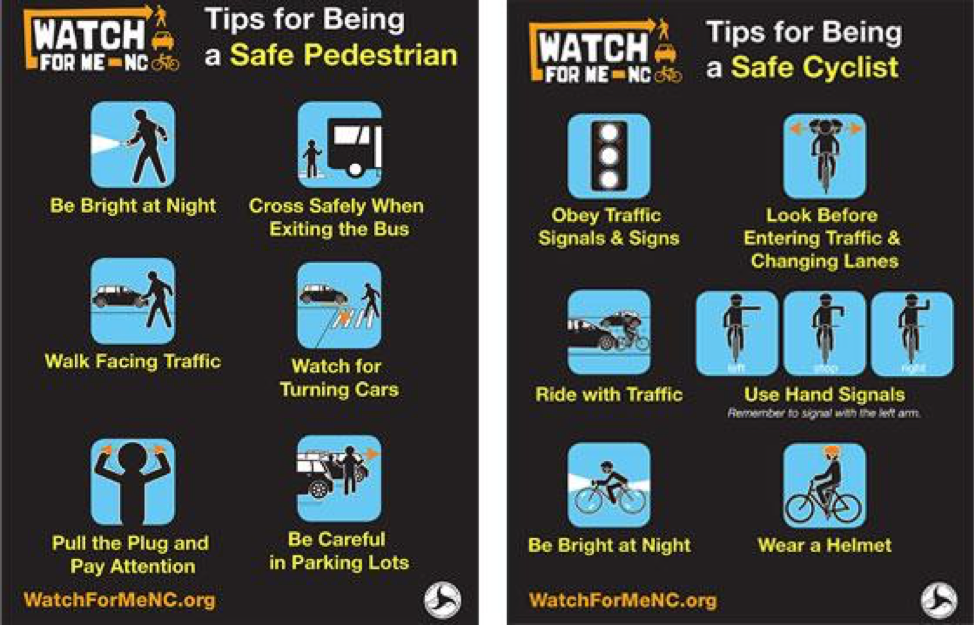
Look Both Ways!
Dana Orr, BS, MBA – Senior Health Educator
Look both ways….
How often have you been reminded to “look both ways before you cross the street?” Of course, this is one simple and important tip of pedestrian safety, but not the whole message. In his article, “The Pedestrian State of Things in the United States,” Seth LaJeunesse, Research Associate, UNC Highway Safety Research Center, and Associate Director, National Center for Safe Routes to School, reports that in 2016, 5,987 pedestrians died on roadways in the United States. This represents a 9 percent increase from 2015 and the largest number of pedestrian fatalities in the U.S. since 1990. In light of these statistics, let’s review some basic walking and biking safety tips.
Be a safe pedestrian by…
Being bright at night: Enhance your visibility at night by carrying a flashlight, wearing reflective clothing like stickers or armbands, and walking in well-lit areas.
Crossing safely when exiting the bus: Cross behind the bus after exiting the bus to better see oncoming traffic, or cross at the nearest crosswalk.
Walking facing traffic: Walk as far away from the roadway as possible.
Watching for turning cars: Watch for turning cars before stepping off the curb.
Pulling the plug and pay attention: Put the phone in your pocket and focus your senses of hearing and sight on crossing safely.
Being careful in parking lots: Watch for cars backing up in parking lots, driveways, and parking garages.
Be a safe cyclist by…
Obeying traffic signs and signals.
Looking before entering traffic and changing lanes: Make eye contact with the driver. Don’t assume they see you just because you see them.
Riding with traffic: Ride in the same direction as car traffic.
Using hand signals when biking:

Being bright at night: Wear reflective clothing like stickers and armbands, use a flashlight, use bike reflectors, and ride in well-lit areas when possible.
Wearing a helmet: Make sure helmet is properly sized and fitted.

Researchers in the United States remain hopeful to find causes for this rising death toll. LaJeunesse reports that “through collaborative research with colleagues in other parts of the world, including Australia, New Zealand, the Netherlands, and Sweden, we are exploring use of video technologies to estimate ‘pedestrian exposure to traffic danger.’ We are learning from each other how to coordinate police and hospital data toward getting a clearer picture of how and where pedestrians are injured. By knowing far more about how and where people get around on foot in the U.S. and abroad, we begin stepping toward making environments safer for all walkers in all places.”
So let’s do our part to make our streets safer for pedestrians and cyclists. Remember to share the road and be proactive and alert!
Be a safe driver and share the road with pedestrians and cyclists:
Drivers are reminded to turn on vehicle headlights at dusk and be vigilant in looking out for cyclists and pedestrians. Additionally, drivers should:
- Stop for pedestrians at crosswalks.
- Slow down and obey the posted speed limit.
- Yield to pedestrians and cyclists when turning.
- Look for pedestrians or cyclists before opening your door.
- Go slow if passing stopped vehicles in case they are stopped for pedestrians or cyclists.
- Allow three feet of space when passing bicyclists.
References:
http://www.berkeleywellness.com/healthy-community/environmental-health/article/defensive-walking-101
https://mpdc.dc.gov/page/share-road-tips-drivers-cyclists-and-pedestrians
https://www.nhtsa.gov/share-road-pedestrians-bicyclists-and-motorcyclists
http://www.triathlete.com/2015/02/training/defensive-riding_50226
https://www.ncdot.gov/bikeped/safetyeducation/safeRoutesToSchools/
https://www.ncdot.gov/bikeped/safetyeducation/letsgonc/7.html
https://www.nhtsa.gov/sites/nhtsa.dot.gov/files/8019_fitting-a-helmet.pdf
http://www.safetysign.com/pedestrian-traffic-signs
Let’s Go NC! Simon Says Parking Lot Safety Game
Grades: K-5
Objective: Demonstrating how to be a safe pedestrian.
When the instructor calls out a key word, show what you should be doing if you were in a parking lot.
Allow all children to line up in rows in front of the instructor.
The instructor will call out several key words for children to mime:
- “Park” = sit in place
- “Exit” = look both ways
- “Walk” = walk in place
- “Vehicle” = freeze
- “Unlock” = open door
- “Enter” = sit and buckle seat belt
Featured Poe Program: Coming soon! Duke Energy sponsored Electronic Atrium Kiosk “Seymour’s Walk and Bike Safety Game!”
Participants will learn:
- How to navigate an interactive game when faced with various walking and biking scenarios.

- Safety tips for walking and biking.
- Cyclist hand signals.
- The proper way to walk and bike at night.
- Safe ways to cross the street.
- How to be a focused, attentive pedestrian and cyclist.
- Traffic and crosswalk signals.
- How to be safe with no sidewalks.
- How to be safe at a bus stop.
- How to safely walk and cycle in parking lots, driveways, and parking garages.
Call us to schedule a program today.
